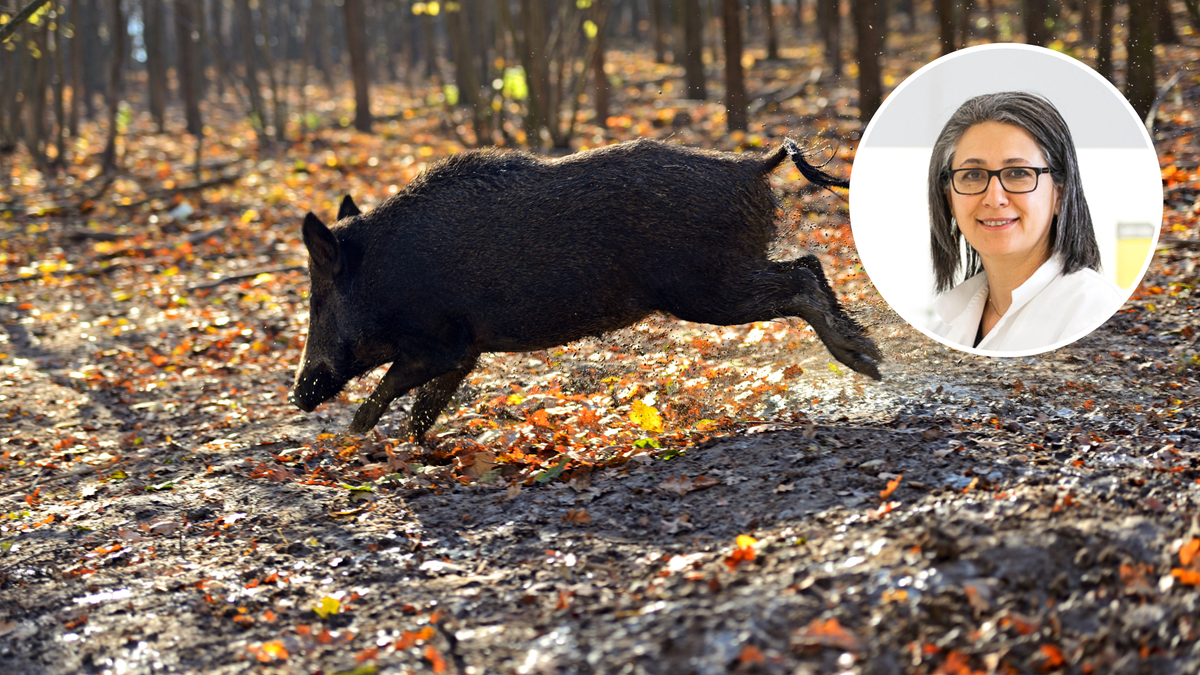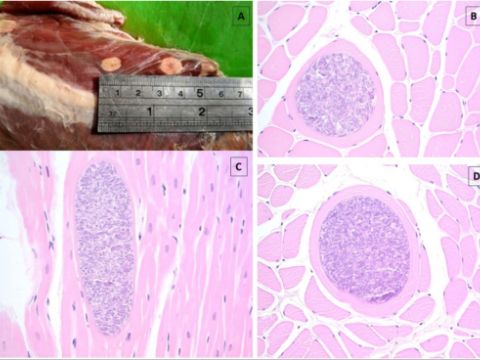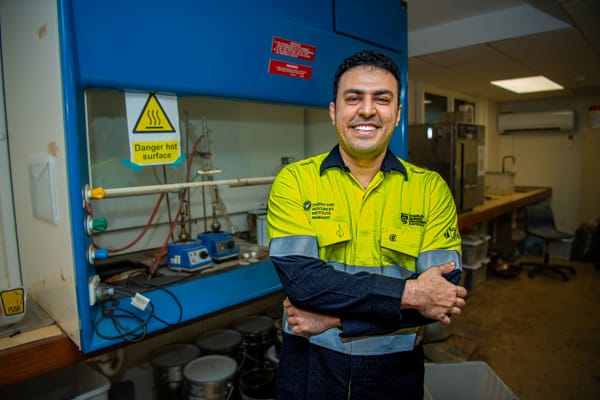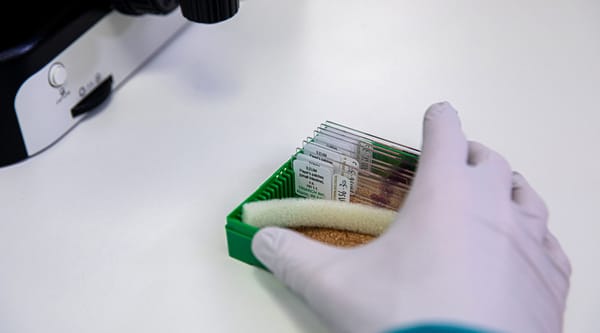Research uncovers hidden parasite threat in Australian game meat
This study not only sheds light on a previously unrecognised risk but also underscores the value of rigorous research and vigilant food safety practices in protecting public health.

First published by Charles Sturt University
- Research by Charles Sturt University scientists of the Sarcocystis species of parasite in game deer and feral pigs sheds light on a previously unrecognised risk
- This research is the first to report such parasitic infections in game deer and feral pigs in Australia
- In National Science Week (Saturday 10 to Sunday 18 August) the study underscores the value of rigorous research and vigilant food safety practices to protect public health
Researchers at Charles Sturt University have made a significant discovery regarding the presence of Sarcocystis species of parasite in game deer and feral pigs in Australia.
The research was led by Professor in Veterinary Parasitology Shokoofeh Shamsi (pictured top, inset) in the Charles Sturt School of Agricultural, Environmental and Veterinary Sciences and the Charles Sturt Gulbali Research Institute for Agriculture, Water and Environment.
The recently published study in the International Journal of Food Microbiology (August 2024) is the first to report such infections in these animals in Australia.

The research team conducted an extensive examination of the oesophagus, diaphragm and heart tissue from 90 deer and eight feral pigs, searching for visual signs of Sarcocystis cysts.
Professor Shamsi said although no visual cysts were detected, subsequent polymerase chain reaction (PCR) testing and histopathology confirmed the presence of the parasite.
“These findings are particularly concerning as they suggest that infected animals, especially those reared free-range, could pass through meat quality checks unnoticed,” Professor Shamsi said.
“This poses a potential food safety risk if the meat is consumed without thorough cooking, which could lead to human infection.”
Professor Shamsi emphasised the importance of proper cooking to mitigate the risk of infection and called for further research to determine the prevalence and species of Sarcocystis in game animals.
“Understanding the extent of Sarcocystis infections in game meat is crucial for food safety and public health,” she said.
The study also highlights the potential implications for the Australian pork industry, particularly with the growing trend towards free-range pig husbandry.
The possibility of infection spreading between feral pigs and domestic pigs in free-range systems underscores the need for ongoing surveillance and research.
“As the scientific community continues to explore this issue, the public is advised to ensure that all game meat is cooked thoroughly,” Professor Shamsi said. “This simple precaution can effectively prevent potential infections and safeguard health.”
This study not only sheds light on a previously unrecognised risk but also underscores the value of rigorous research and vigilant food safety practices in protecting public health.
As part of 2024 National Science Week, from Saturday 10 to Sunday 18 August, the Food Safety Information Council of Australia has issued a warning about the increase in parasitic infections in humans in Australia in recent years.
Co-researcher and Adjunct Lecturer in parasitology in the Charles Sturt School of Agricultural, Environmental and Veterinary Sciences Dr Diane Barton said this underscores the importance of thorough cooking of game meat to prevent potential infections.
“It also reinforces the need for further research to determine the prevalence and species of Sarcocystis in game animals and the value of ongoing surveillance and research to safeguard food safety,” Dr Barton said.
“There are potential implications for the Australian pork industry, particularly with the increased emphasis on free-range pig husbandry.
“But the public can be reassured that any risks from consuming game meat can be managed with appropriate cooking and handling practices.”
In-text image provided by Professor Shamsi: (A) Image of cysts in a deer caught in Taree which prompted the present study (scale: top row cm and bottom row inch); (B to D) images of the Sarcocystis in animals caught in the present study, under a microscope. Cysts measurements: 20-50 μm x 100 – 200 μm




